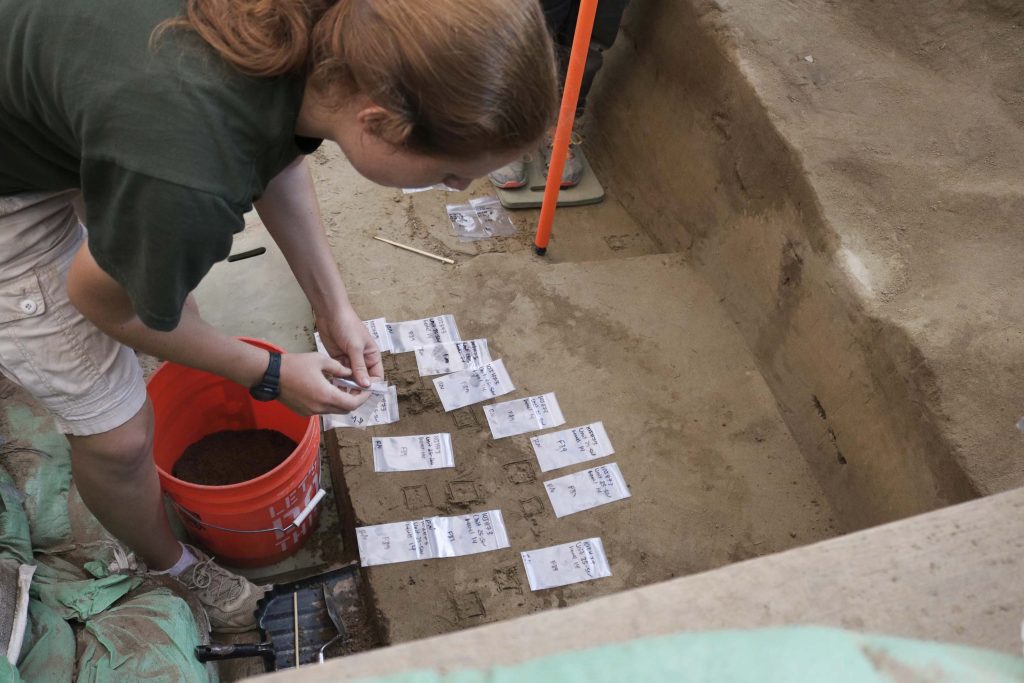A new discovery was published in the journal Science Advances where the oldest weapon heads ever found in the Americas dates back 16,000 years. Archaeologists in Idaho found the projectile points and it’s 3,000 years older than the existing discoveries.
They may look small but don’t be fooled by the size since they are deadly hunting weapons capable of doing serious damage. Scientists believe they were attached to darts, instead of arrows or spears. According to carbon-14 dating, “the 13 full and fragmentary projectile points — ‘razor sharp’ and ranging from about 0.5 to two inches long — are from roughly 15,700 years ago.”
Professor Loren Davis, Oregon State University, who was the lead in this project, said: “From a scientific point of view, these discoveries add very important details about what the archeological record of the earliest peoples of the Americas looks like.”

“It’s one thing to say, ‘We think that people were here in the Americas 16,000 years ago;’ and another thing to measure it by finding well-made artifacts they left behind.”
Researchers believe that the projectile points push for a greater understanding of the way the first Americans expressed complex thoughts through technology during that time period.
Professor Davis said: “The earliest peoples of North America possessed cultural knowledge that they used to survive and thrive over time. Some of this knowledge can be seen in the way people made stone tools, such as the projectile points found at the Cooper’s Ferry site.
“By comparing these points with other sites of the same age and older, we can infer the spatial extents of social networks where this technological knowledge was shared between peoples.”
Davis said the discoveries add to the emerging picture of early human life in the Pacific Northwest, adding: “Finding a site where people made pits and stored complete and broken projectile points nearly 16,000 years ago gives us valuable details about the lives of our region’s earliest inhabitants.”
Scientists have discovered over 65,000 items and they have documented the details for a more comprehensive record. Now, the research team is working in collaboration with the Nez Perce tribe to provide field opportunities for tribal youth and share their discoveries.

